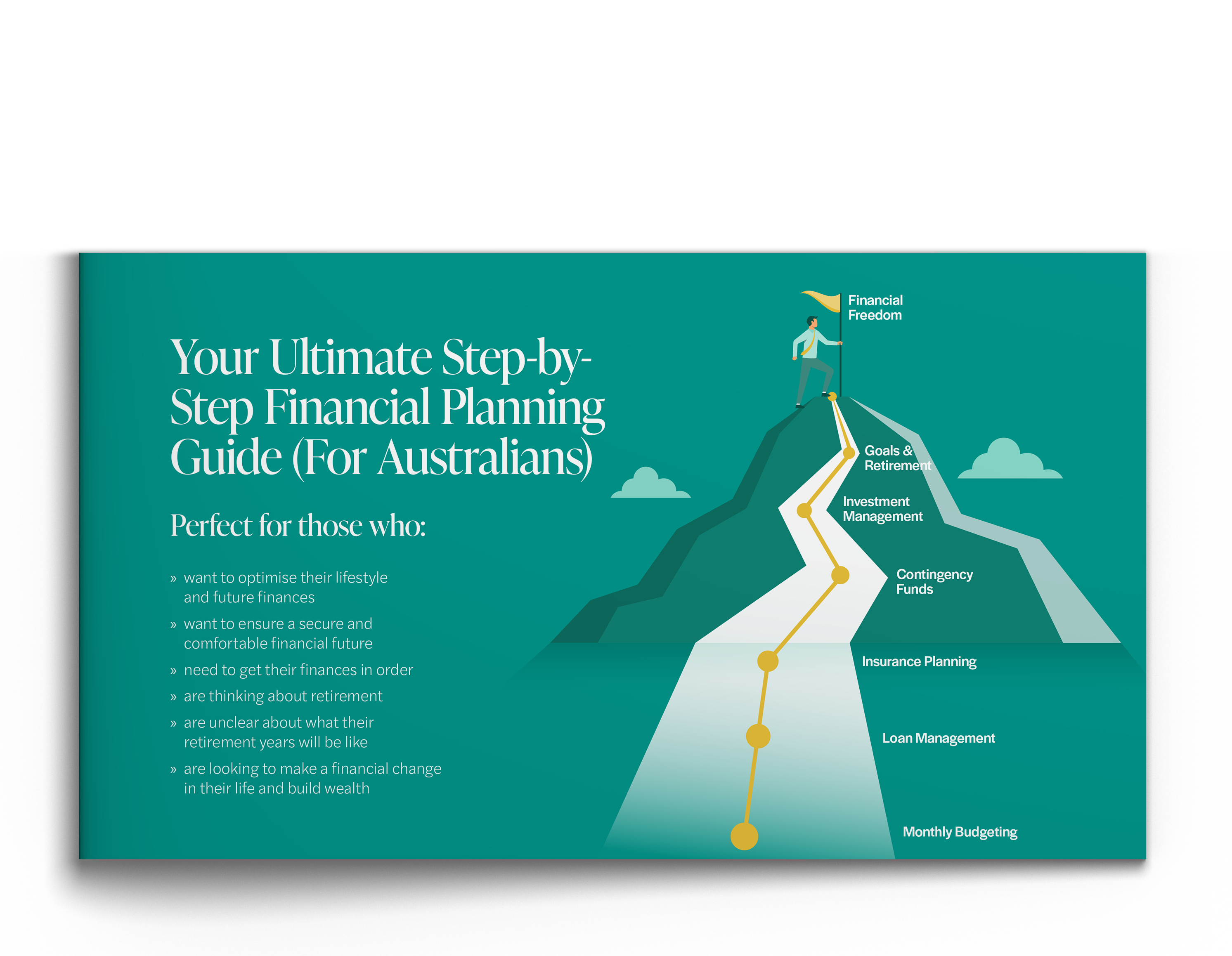In the space of 3 years, interest rates have gone from record lows to the highest they’ve been in over 10 years.
As pandemic-era fixed-rate mortgages expire, millions of Australians may fall off the “mortgage cliff”, exposing them to much higher interest rates and monthly repayments.
In the face of the cost-of-living crisis and mounting “mortgage stress”, it’s never been more important to get proactive with your mortgage and financial health.
What is the mortgage cliff, and how did we get here?
During the pandemic, the Reserve Bank of Australia (RBA) cut interest rates to stimulate spending — to support businesses and preserve jobs, keeping the economy afloat.
Interest rates hit their lowest in November 2020 at 0.1%, which encouraged borrowing and lending especially in the form of ultra-cheap fixed-rate home loans. Coupled with government incentives, there was a significant upturn in housing demand as home buyers – particularly first-home buyers – took advantage of low debt costs. Since then, interest rates have steadily increased in response to rising inflation; they’re now at their highest since May 2012.
It’s estimated that at least 880,000 fixed-rate mortgages will expire in 2023 with another 450,000 in 2024. As this happens, mortgage holders will be exposed to monthly repayments that are potentially thousands of dollars higher than they have been paying — and that’s the mortgage cliff.
Before rates started increasing again in early-2022, fixed-rate home loans were being set at around 2% per year. As they expire, the level they’ll roll onto as variable-rate home loans will generally be around 6%. In real terms, this means those rolling off fixed-rate home loans with an average mortgage of $585,000 will have to pay at least $1,000 extra per month. The largest jump in the country is estimated to be in NSW where some homeowners will face spikes in their monthly repayments of approximately $1,700. ACT will see an estimated increase of $1,395 each month, and Queensland $1,237.
The situation is undoubtedly troubling — but if you are the 1 out of 3 Australians who are ‘At Risk’ of ‘mortgage stress’, there are steps you can take now to avoid falling off the ‘mortgage cliff’.
How to prepare for the mortgage cliff
1. Calculate how much extra you’ll have to pay
The first step we recommend is to gain clarity on your expected mortgage repayments. Using our Loan Repayment Calculator, you can plug in different interest rates to conduct a sensitivity analysis and see how changes will impact your mortgage repayments. This will set you up for our second strategy.
2. Implement a financial plan now that prioritises boosting your savings and reducing your debt
While not a long-term solution to an unfavourable mortgage situation, extra savings grants you valuable time and resources to navigate challenges and make informed decisions — such as managing increased costs and repayments, renegotiating terms and exploring refinancing options.
If you have an offset account, you can also maximise the balance to effectively reduce the interest payable. Taking into account the extra repayments you may need to make, there are 2 angles to approach savings; 1) maximising income and 2) minimising expenditure.
3. Consider refinancing to secure a lower interest rate
Even a 0.45% reduction in interest rates can save you a nationwide average of $160 per month, which can be significant relief for many households — so whether you negotiate with your current lender or seek other lenders, refinancing is a must-consider strategy.
It’s important to mention that there will likely be costs involved, such as application and lender fees, so it’s worth talking to a broker about the best options available for your situation. They can also take a lot of the research work out of it for you as they are across the banks’ refinancing interest rates and fees. If you don’t have a broker, why not book an appointment with Davina from our GA Lending team.
4. Research what hardship options your lender offers
Before your mortgage rolls off, know what your lender has in place for financial hardship requests. All financial institutions are required to have processes to assist customers in financial stress who are struggling to meet their obligations. Processes and options can include payment plans or converting to an interest-only home loan. This is a good option to get you out of immediate trouble, however, may not be the longer-term solution you need.
We understand that this is a very trying time for Australians, and we hope that this article has provided some comfort in knowing that there are options available to you to help in both the short and long term.
At Green Associates and GA Lending, we can equip you to not only navigate the “mortgage cliff”, but also position yourself for future success.
If we can be of any assistance, please Book an appointment today.
At Green Associates, all of our advisers are fully licensed and listed on the ASIC Moneysmart Financial Adviser Register. Green Associates is committed to providing the best solutions for you and your wealth-creation journey.
